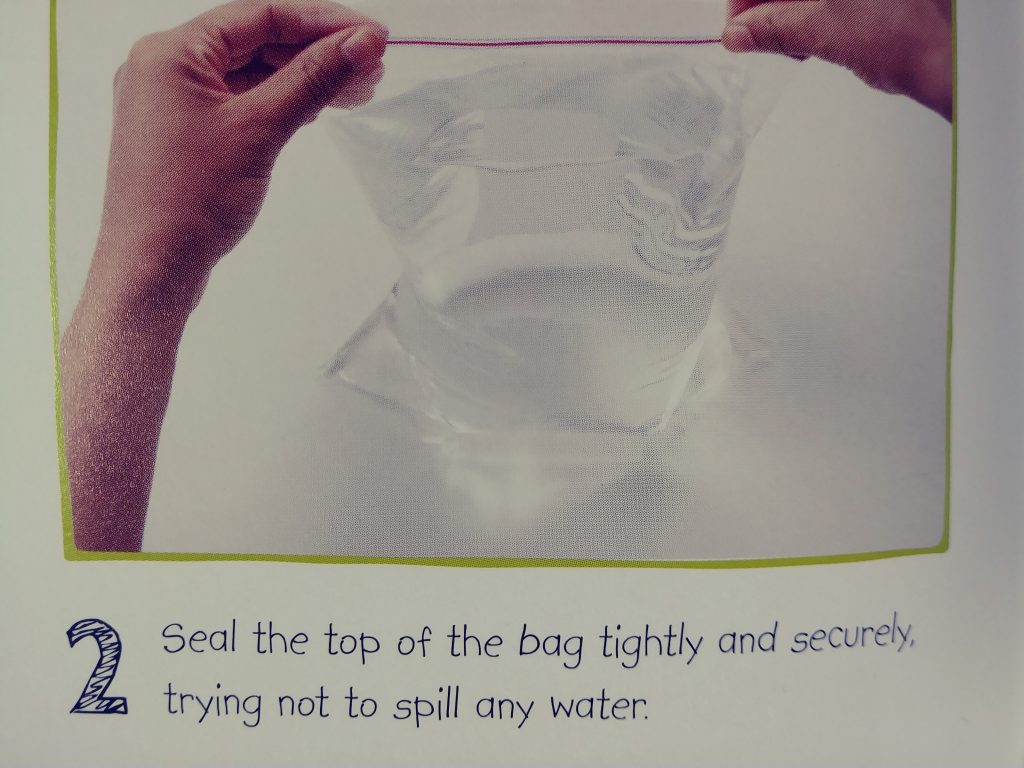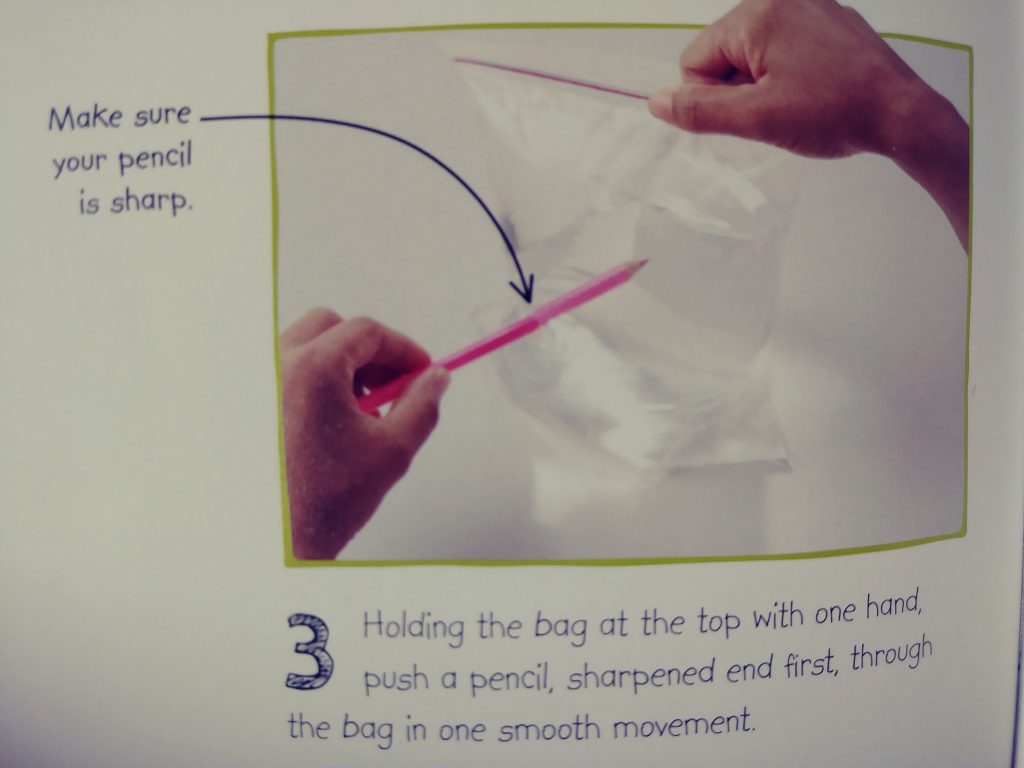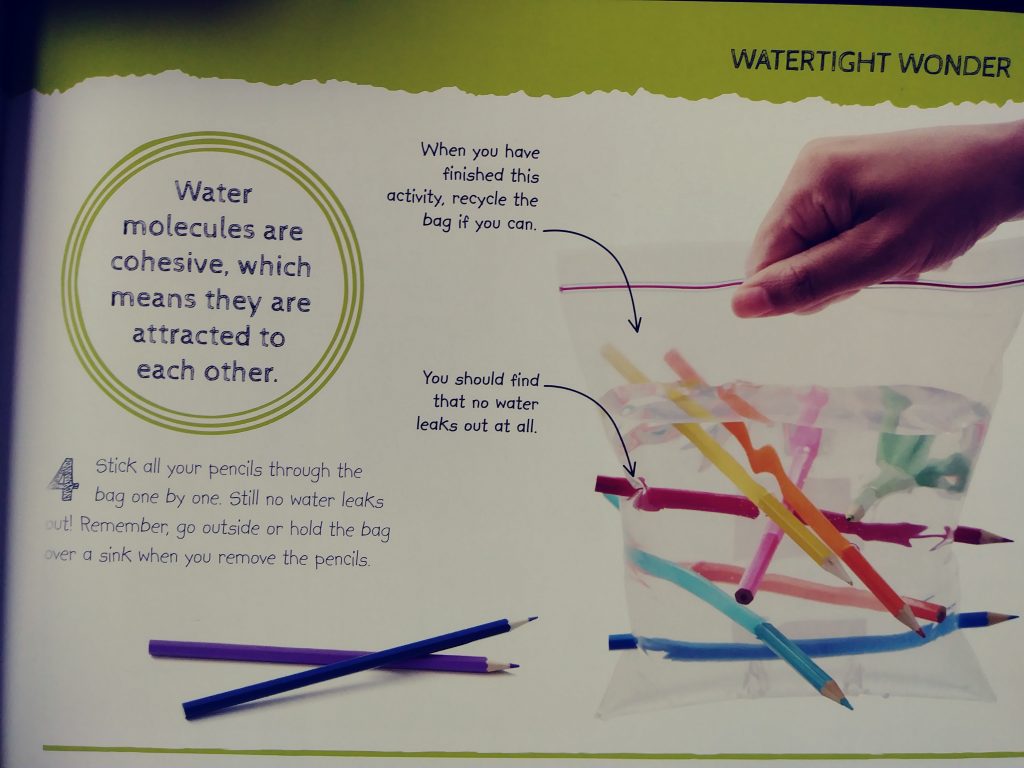wednesday june 24
It’s raining today….but hey, this is typical Vancouver weather right? Have you ever wondered what happens to make it rain? Would you like an experiment to try to see if you can make it rain? If you’ve ever looked out across a certain distance on a cloudy day and seen dark clouds with a haziness underneath, you know it’s raining over there! Here’s an experiment to create that same condition in a jar!
Check out this experiment from accuweather.com HERE or keep reading below!
What you need:
Shaving cream
A large jar filled half way with water
2 bowls of coloured water
Method:
- Spray the shaving cream into the large bow with water. The shaving cream are going to represent the clouds!
- Begin pouring spoonfuls of coloured water onto the cloud. The coloured water represents all the moisture that evaporates from the earth, that goes up to the clouds.
- Wait and watch! Once the clouds (shaving cream) fill with enough moisture (coloured water), you’ll see that the coloured water will streak down to the bottom of the jar. That’s the cloud letting go of all the moisture in the form of RAIN!! When you see hazy streaks in the distance on a cloudy day, this is what you are seeing far away; rain!
Be sure to listen closely for all the scientific language!
wednesday june 17
This is a really cool alternative to the regular slime, but you may need a grown ups help to ensure you have all the ingredients and following the instructions! Have fun! This is from leftbraincraftbrain.com
Heat Sensitive Color Changing Slime
Recipe
- 1/4 cup white school glue {affiliate}
- 1 Tablespoons water
- 3 teaspoons Thermochromic pigment {affiliate}
- 1/4 cup liquid starch
{affiliate}
- Food coloring
Decide on your color scheme for the slime. The color of thermochromic pigment will be the color of the slime when it is cold. Then pick an alternating color of food coloring for the hot color. Think color wheel neighbors to make the transition smooth. I used:
-
- Blue pigment with yellow food coloring (Slime is teal and turns yellow when hot)
- Red pigment with yellow food coloring (Slime is orangey red and turns yellow when hot)
- Blue pigment with red food coloring (slime is purple and turns pink when hot)
Pour 1/4 cup glue into a large bowl. Add 1 tablespoon water and stir until combined. Add 5 drop of food coloring and mix well. Then add 3 teaspoons of thermochromic pigment and mix until uniformly distributed.
Add 1/8 cup liquid starch and mix until thick and slimy. Then knead the slime with your hands and return to the starch mixture for another mixing. This step is important because it makes sure there’s no unmixed glue hiding in the center of your slime ball. If slime is still sticky, add aditional starch, a little bit at a time, and knead until not sticky anymore. Most batches will use almost all of the starch.
Store slime in a glass or plastic container with a lid for up to one week. I noticed that it needed a bit more starch if it had been a few days since playing with it. Just pour a teaspoon or so on the slime and knead it again.
Color Changing Play Dough
It works with playdough too!
wednesday may 26
To continue with the water theme, this week’s STEAM experiment is called “How to make a Watertight Wonder” from “Smithsonian Maker Lab Outdoors: 25 Super Cool Projects” by Jack Challoner. It’s a little bit of water with a little bit of magic! Be sure to do this activity outside!
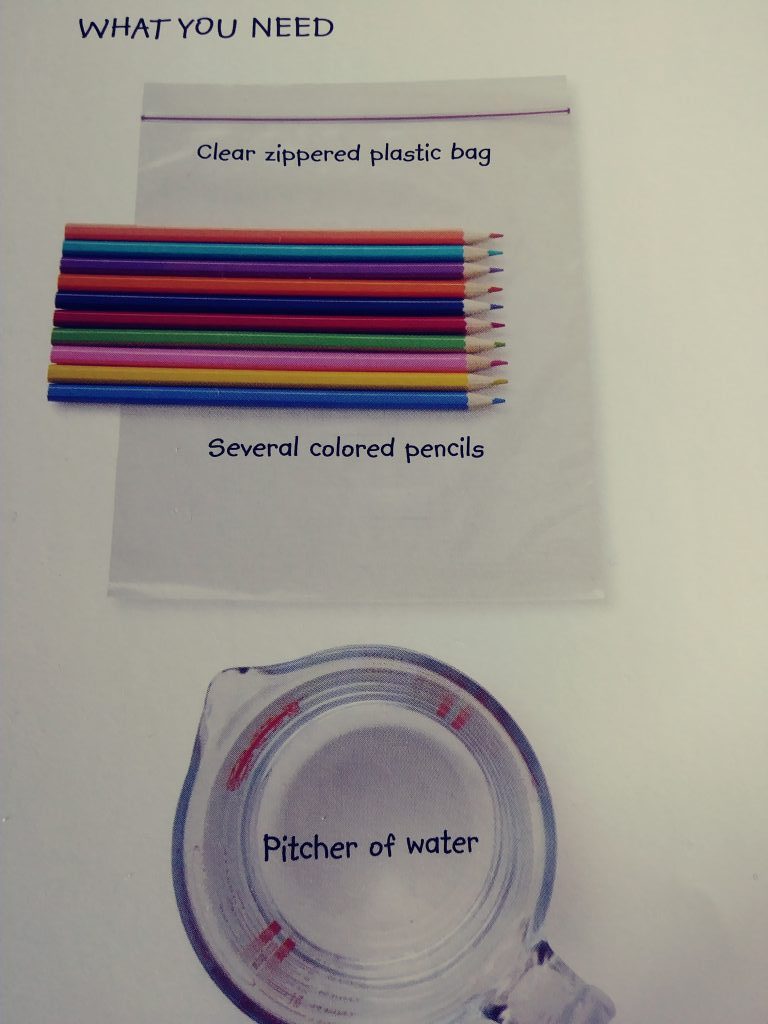
Make sure you collect all the materials you will need first before you begin.
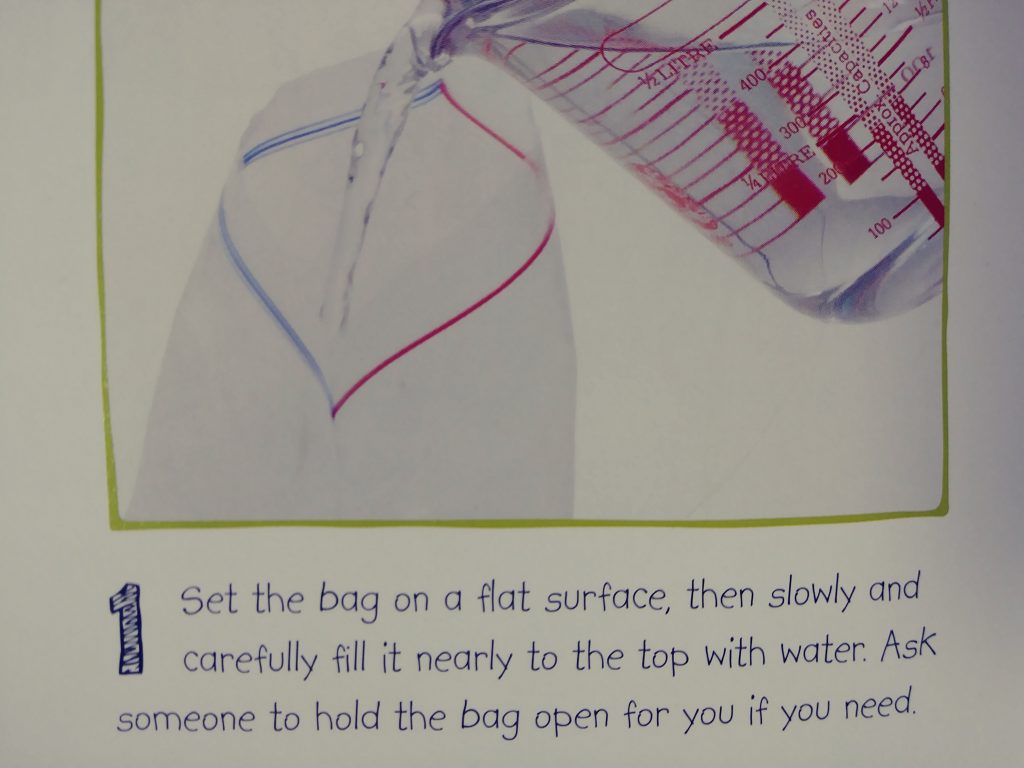
how it works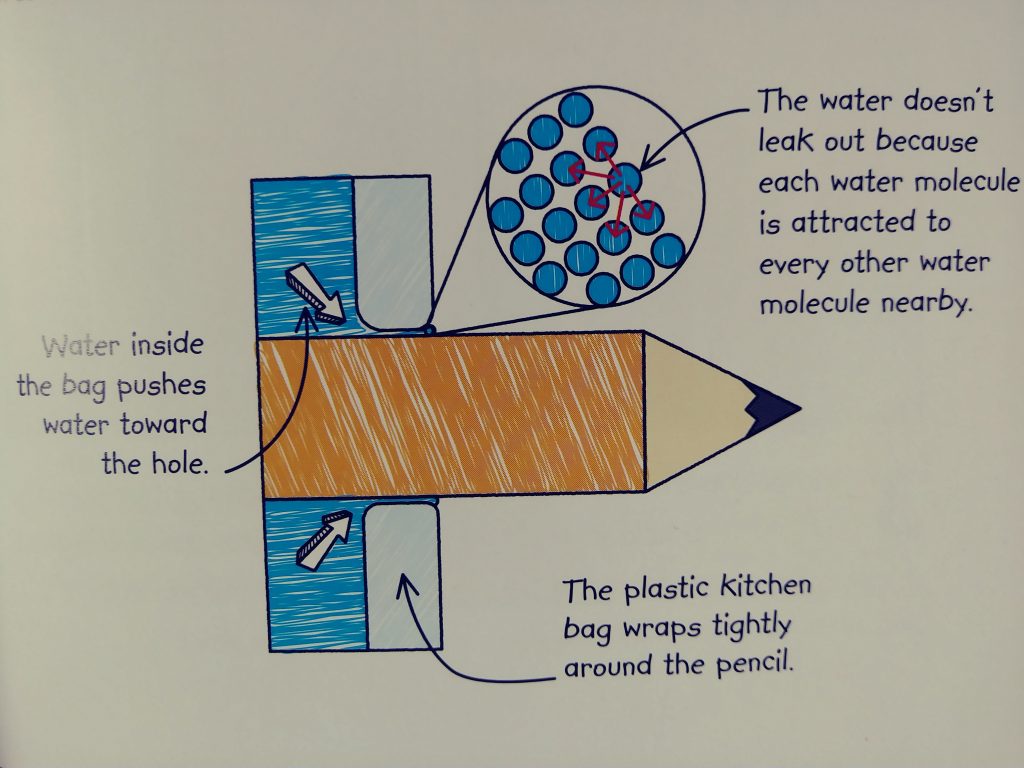
wednesday may 20
This week’s STEAM activity is from the Burnaby Advanced Learning website. Click here to see other activities offered on the website or have a look at your challenge below!
it’s raining, it’s pouring
In Vancouver during the Spring, it rains a lot. That’s why we are lucky enough to look around and enjoy the lush green spaces that Vancouver has to offer.
Here is your challenge! Design an accessory (something that you can hold or wear) that can help you stay dry when it rains. It must cover part or all of your body, and see if you can make it waterproof.
Things to consider when designing your rain accessory:
What part of your body will it keep dry?
How can you increase the structural integrity of your design (make it stronger) especially when it gets wet?
Which materials might you consider if it needs to be waterproof?
Is there a function to reduce the size when you enter a building?
Is it a one time use or something you can use many times over?
Is your design environmentally friendly?
Have fun and be creative! Share it with a friend or family member.
wednesday may 13
This week I’m encouraging you to explore mathplayground.com where you can find lots of interesting online games and logic problems to solve.

CLICK HERE for a problem solving game called HOOK of untangling overlapping hooks.
Click the solid ball to retract (bring in) the hook BUT you must do it in order so none get caught on another hook! Watch out! You may need to click the open circles to change the direction of the “tracks”.
Play around with it and you’ll soon understand how it works! Have fun!
wednesday may 6
This week’s STEAM activity is from the Burnaby Advanced Learning website. Click here to see other activities offered on the website or have a look at your challenge below!
A New hat
Challenge: Invent a hat that no one has seen before. Using materials at home, make a model of your hat. Present a journey that you are going to go on wearing the hat to a family member.
- Give your hat a name
- Where would someone go wearing your hat (space, into your stomach, under water, to Grandma’s house)?
- Does the hat give you special powers?
- Give interesting details or any other interesting information about your hat.
wednesday april 29
This activity is from “365 Simple Science Experiments with Everyday Materials” by E Richard Churchill, Louis V. Loeschnig, and Muriel Mandell. Published by Black Dog & Leventhal in 1997.
“Earthshaking Discovery: It’s Sedimentary”
You will need: Jars with lids, 1/2 cup each of soil sample from different locations and depths (topsoil, subsoil (deeper soil)), water, magnifying glass, paper, pencil
What To Do: Fill each jar with 1/2 cup of soil. Add water. The jar should be about three-quarters filled. Screw the lid on tightly and shake! (You can repeat with other soil samples). Wait about 2 hours for the soil to settle. Then use the magnifying glass to see how the soil has settled.
What can you see? Why do you think this happened?
(What should likely happen): The soil settles into bands or layers depending on the content of the soil. Heavier particles like small rock particles settle first followed by light-colour silty sand-like grains (172).
wednesday april 22nd
This week’s STEAM activity comes from “How To Be A Coder” by Kiki Prottsman, published by DK.
DECOMPOSE A CASTLE!
You may have heard of the word decomposition when you talk about things in nature or food waste when it breaks down into smaller bits over time to create compost. But in computer science, coders break down problems into smaller bits, not food!
Decomposition Activity: Decompose this castle! what are the different parts that make up the castle? How are these smaller sections made?
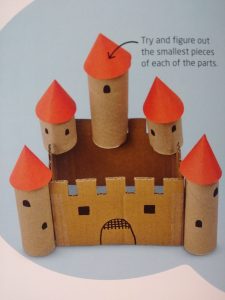
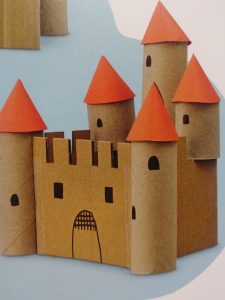
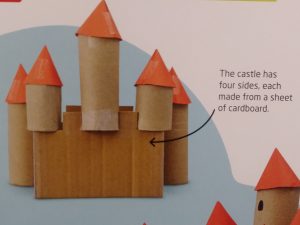
Now try and build one of your own!
You will need:
Thick Cardboard
scissors
Black felt pen
Cardboard tubes
colored paper
Tape
Wednesday April 15th
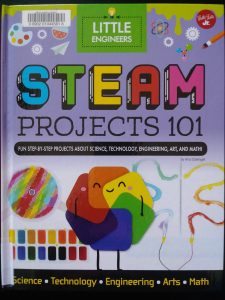
Today’s STEAM ACTIVITY IS FROM LITTLE ENGINEERS “STEAM PROJECTS 101” BY ANA DZIENGEL, PUBLISHED BY WALTER FOSTER JR.
Hey Kids! Are you ready for a little building fun? Have you got some marshmallows and skewers/toothpicks at home? Ask someone to help collect the materials listed below and explore building!
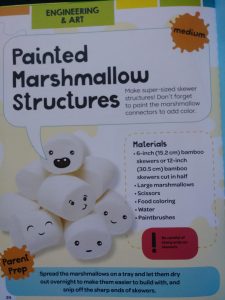
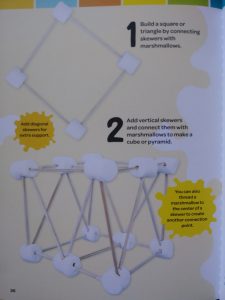
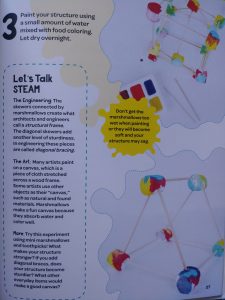
Hello kids!
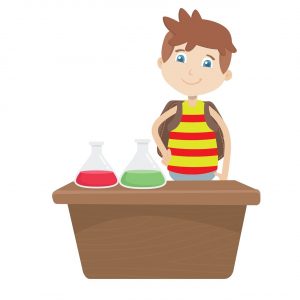 Look at the fun experiments you can do at home. Some of you may be able to read and do these activities by yourself by make sure you tell a grown up what you are doing, just in case you need help!
Look at the fun experiments you can do at home. Some of you may be able to read and do these activities by yourself by make sure you tell a grown up what you are doing, just in case you need help!
For smaller children, please ask a grown up to help you! They are fun things to do together!

